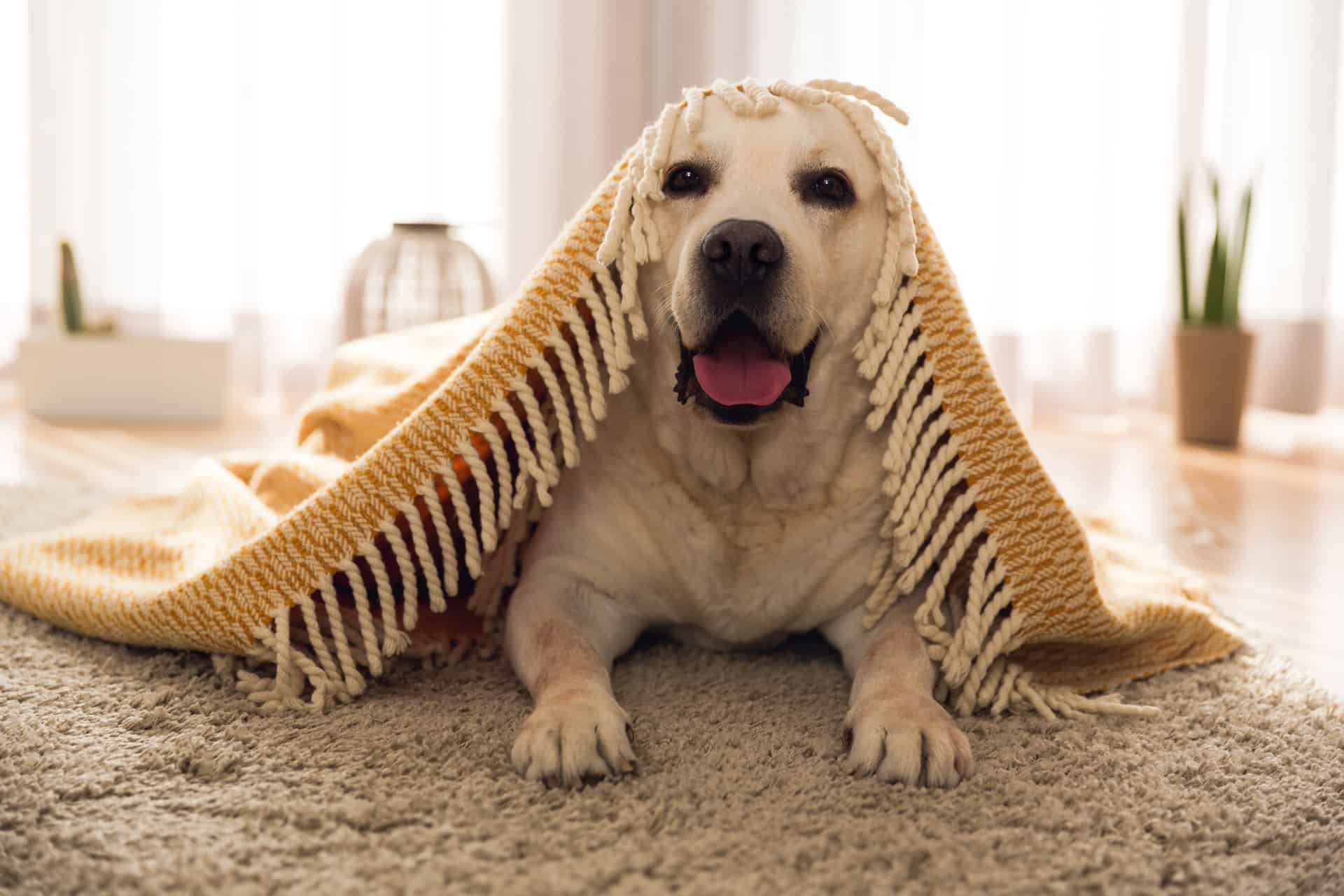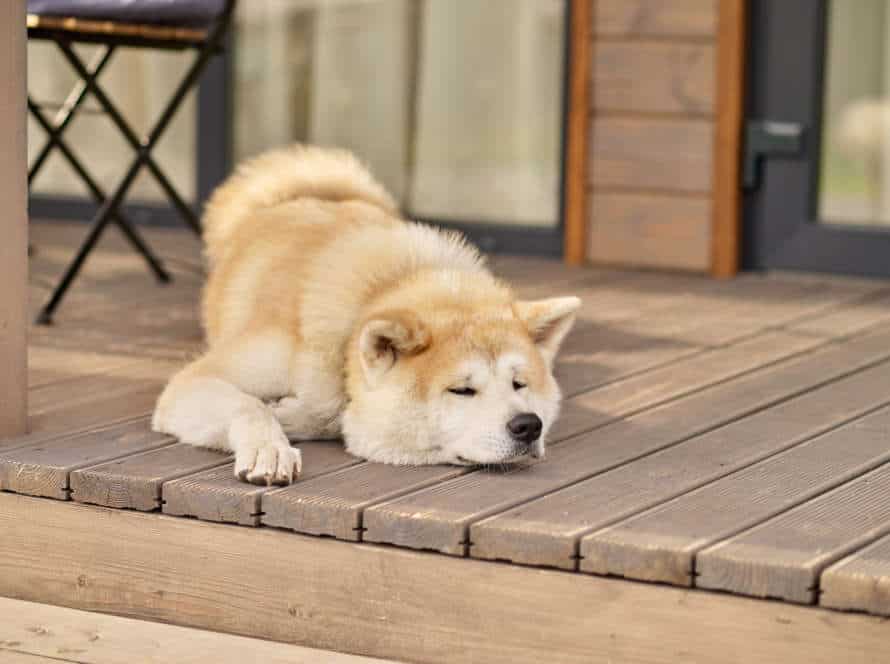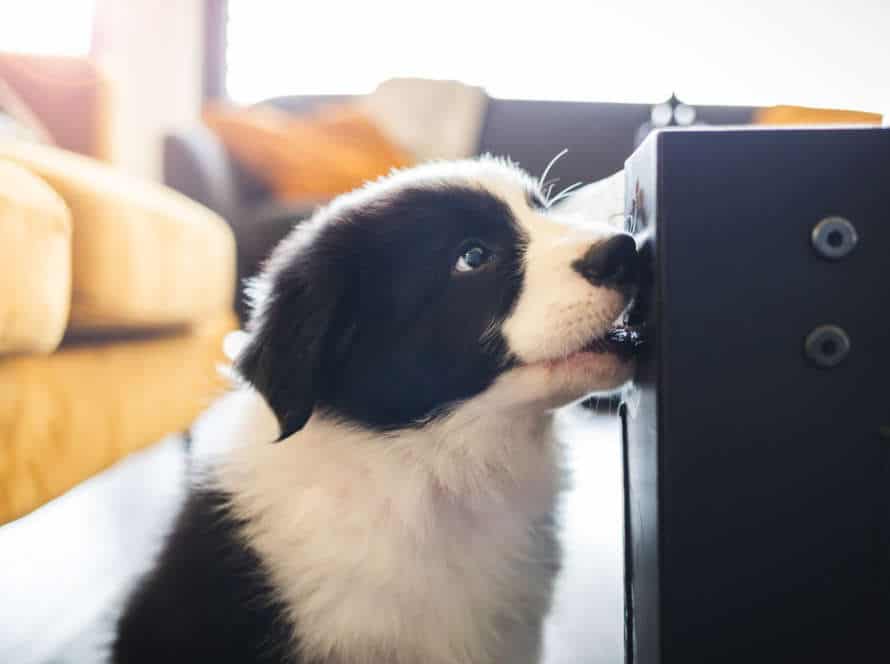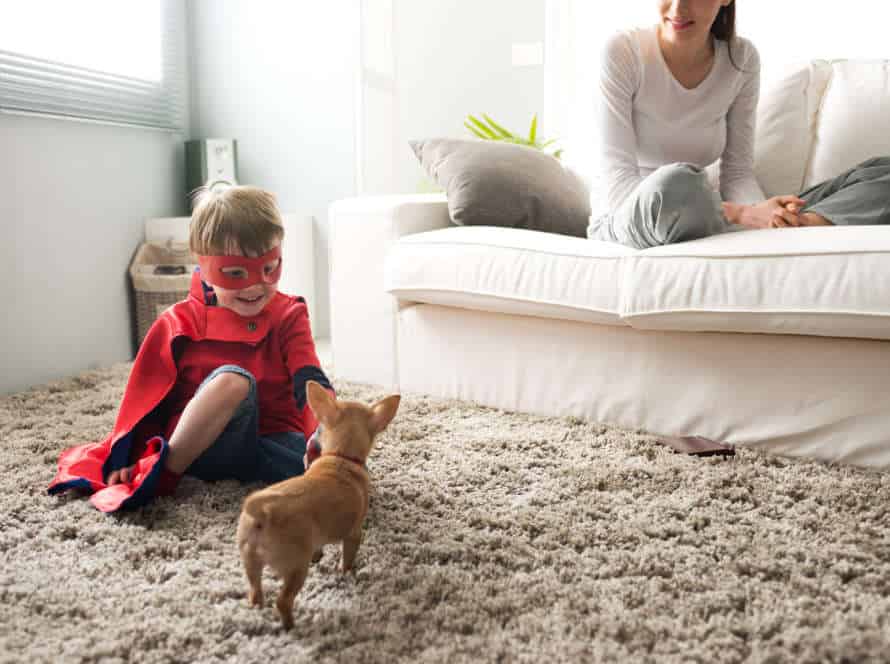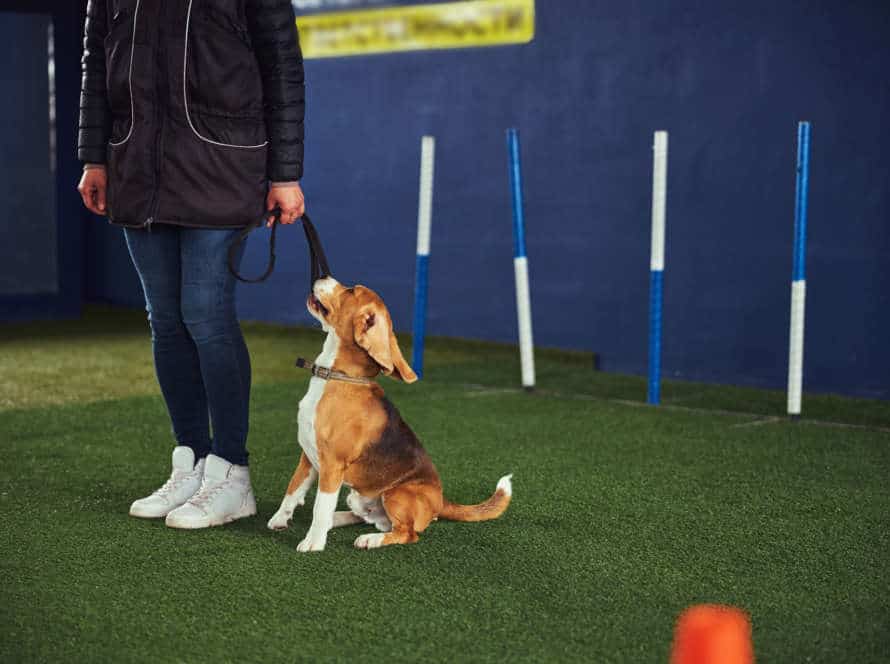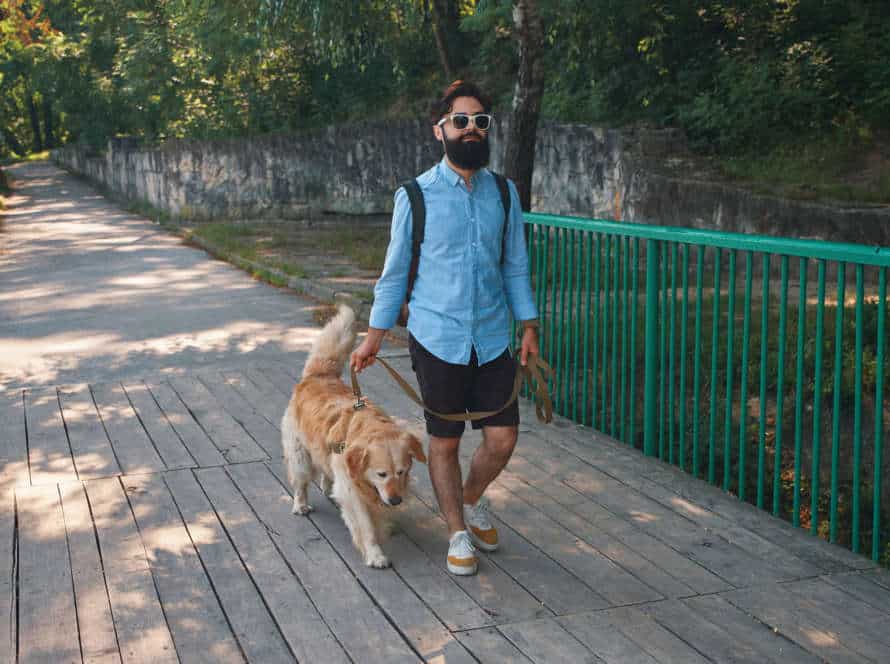The Role of Praise and Rewards in House Training
Praise and rewards are key for training your pet at home. Here’s how to use them:
- Verbally praise your pet when it goes to the potty in the right spot. E.g. “Good boy/girl” or “Well done”.
- Give a treat or toy right away to link the behavior with a happy experience.
- Never punish or scold for accidents – this can create fear and anxiety and slow down the process.
- Be consistent with praise and rewards. Gradually phase them out as your pet gets reliable.
These methods make house training a positive and rewarding experience for both you and your pet.
The Importance of Praise and Rewards in House Training
Praising and rewarding your pup is a great way to make house training easier. Positive reinforcement teaches them to do the right thing. It also helps the process move faster. So, let’s see how praise and rewards can help house training.
The Benefits of Using Positive Reinforcement
Positive reinforcement is powerful. It reinforces good behavior and trains pets. Benefits include:
- Building trust. It helps them understand what’s expected, then rewards them.
- Reducing stress. Punishments can cause stress. Positive reinforcement relaxes them and helps them learn.
- Improving learning. Reinforcement strengthens the connection between behavior and reward. Pets learn and remember better.
- Improving behavior. Long-term, it makes them obedient and responsive.
Use praise, rewards, and affection to reinforce good behavior. Experiment with different rewards to find out what your pet likes best.
How Praise and Rewards Affect Your Dog’s Behavior
Praise and rewards are key when house training your pup. Dogs love positive reinforcement, making it a great tool for encouragement and prevention of bad habits.
Reward good behavior such as peeing outside and listening to commands. Discourage undesired behavior like chewing and constant barking. Through positive reinforcement, your pup’s self-esteem and trust in you will grow.
Make sure to reward your pup right away so they can make the connection. Treats, toys, and petting can all be used as praise and reward.
Don’t forget to combine praise and rewards with clear communication and consistent training for optimal results!
The Risks of Using Punishment-based House Training Techniques
Punishment-based house training for dogs can lead to bad results, like fear, aggression, and anxiety. Reward and praise is necessary for successful house training. Here are some risks of punishing:
- Stress and anxiety in the dog, which harms quality of life.
- The dog may learn to be scared of the owner and training.
- Bad links to certain cues or places, resulting in bad behaviour.
Reward and praise is essential for good house training. It develops trust and connection with the owner and dog, creating a positive experience.
Remember: Consistency and patience are key when using praise. With the right tactics and plenty of positive reinforcement, your dog will develop good habits for life.
The Best Types of Praise and Rewards for House Training
Positive reinforcement is essential for house training your pup. Praise and rewards are superb methods of motivation! But recognize the type of praise and rewards that work best for your pooch. Let’s delve deeper into this.
Types of Treats That Work Well as Rewards
Training your pup? Positive reinforcement is the way to go! Treats are an awesome motivator. But, not all treats are the same. Here are some that work best:
- Small-sized treats – Quick to eat and keep pup’s focus.
- High-value treats – Irresistible and saved for special occasions.
- Soft & chewy – Easy to eat and easy to break up.
- Healthy treats – Natural ingredients, no sugar, salt, or preservatives.
Pro tip – Mix up the treats you use to keep pup engaged.
The Best Types of Toys for Rewarding Your Dog
When it comes to rewarding your pup, toys can be a great choice. What kind of toy depends on their preferences and playing style. Here are a few ideas:
- Interactive toys – puzzles that give out treats.
- Fetch toys – balls, frisbees, and sticks.
- Chew toys – durable ones like Kongs and Nylabones.
- Plush toys – something soft and cuddly to carry or snuggle.
Remember: toys should be used with positive reinforcement like praise and treats. Never use them as a replacement for socializing or quality time.
Using Verbal Praise Effectively
Verbal praise is a great way to house train pets. But not all praise works the same. Here are effective types:
- Time it right. Praise when they do the right thing, like going outside.
- Be consistent. Use the same tone each time.
- Show enthusiasm. Use an excited tone to motivate them.
- Say what they did well. Be specific and clear.
Also, rewards help reinforce the behavior. Remember, consistency is key. Give verbal praise right away and use the same tone and reward system.
How to Incorporate Praise and Rewards into Your House Training Routine
House training your pup? Challenging! But don’t worry. Praise and rewards make things easier. Established research proves that humans and puppies form strong bonds when praised and rewarded.
Let’s explore how we can use these tools for house training.
Timing and Consistency in Rewarding Your Dog
Timing and consistency are key for using praise and rewards in house training. To effectively train your pup, here’s some advice:
- Time it right. When your dog obeys a command or displays good behavior, praise and reward them instantly. This links the action to the reward, so they are more likely to do it again.
- Be consistent. Use the same words of praise and same type of treat every time. This makes the routine predictable and rewarding.
- Don’t encourage bad behavior. Avoid rewarding them for pushing boundaries or making bad decisions.
By praising and rewarding regularly and promptly, you’ll create a positive relationship and strong bond with your pup.
Creating a Reward-Based House Training Plan
Reward & praise your pup for effective training! Here’s how:
- Pick a reward that your pup loves – whether it’s verbal praise, affection, or treats.
- Give the reward right away when they show good behavior – like going potty outside or following commands.
- Provide consistent & repetitive rewards to reinforce good behavior & encourage them to repeat it.
- No punishing your pup – this will only cause fear & anxiety, leading to negative behavior.
With a reward-based house training plan, your pup will feel positive & motivated – making it smoother & more successful. Pro Tip: Choose a reward that your pup truly enjoys for best results!
Avoiding Common Pitfalls in the Reward-Based Training Approach
Incorporating praise and rewards in house training your pup may seem easy, yet it’s essential to dodge some common errors. To make sure the training succeeds, here are a few mistakes to avoid:
- Unstable rules: Utilize the same verbal cues and rewards, make sure all members of the house stick to this.
- Treat overuse: Too many treats can lead to your pup not responding to training anymore.
- Ignoring exercise: Reward-based training works better when your pup is exercised and has spent some energy.
Therefore, sidestep these issues and use praise and rewards properly to reach consistent success while training your pup.
Frequently Asked Questions
1. How can praise and rewards help my dog with house training?
Praise and rewards are an essential part of house training as they reinforce good behavior and help the dog understand what is expected of them. When a dog is rewarded and praised for exhibiting good house training behavior, they are more likely to repeat that behavior in the future.
2. What type of rewards should I use?
Rewards can include treats, toys, or verbal praise. It is important to choose a reward that your dog finds motivating and enjoyable. Some dogs may prefer a verbal or physical affection, while others may be more motivated by a special treat or toy.
3. How often should I use praise and rewards in house training?
Consistency is key when it comes to using praise and rewards for house training. Praise and rewards should be used every time your dog exhibits good behavior during house training. Over time, your dog will learn that good behavior is always rewarded, which will make it easier for them to exhibit good house training behavior on a regular basis.
4. Are there any downsides to using praise and rewards in house training?
No, there are no downsides to using praise and rewards in house training. As long as you use them consistently and appropriately, you will see positive results in your dog’s behavior over time.
5. How can I use praise and rewards to encourage my dog to eliminate outside?
When your dog eliminates outside, be sure to immediately praise and reward them. You can use verbal praise, a special treat, or a toy to reinforce the behavior. Over time, your dog will learn that eliminating outside is a good behavior that is always rewarded.
6. What should I do if my dog has an accident in the house?
If your dog has an accident in the house, it is important to clean it up thoroughly and immediately. Do not punish your dog, as this can create fear and anxiety around house training. Instead, continue to use praise and rewards to reinforce good behavior, and be patient as your dog learns the rules of house training.

